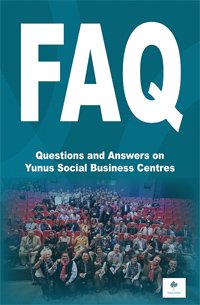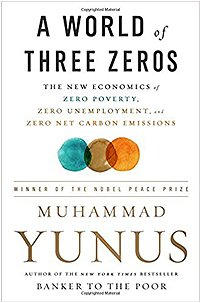Microcredit helped cut rural poverty
"There is no ground for belittling the contribution of microcredit just as there is no ground for exaggerating its contribution," said Siddiq R Osmani, professor of development economics at the University of Ulster in the UK.
"Other factors such as employment opportunities and education are more important. Clearly, there is much more to poverty reduction than microcredit, but there is a role for microcredit as well, especially for the poor."
He was presenting a paper at a national seminar on "Asset Accumulation and Poverty Dynamics in Rural Bangladesh: The Role of Microcredit" at the auditorium of Palli Karma-Sahayak Foundation (PKSF) in the capital.
Institute of Microfinance organised the seminar chaired by PKSF Chairman Qazi Kholiquzzaman Ahmad.Prof Osmani's findings struck a severe blow to critics who deny giving credit to microlending system that has pulled millions out of poverty by lending tiny amounts to people ignored by the mainstream financial institutions.
The economist said rural poverty was cut 4.8 percent by foreign remittance, 16.2 percent by employment opportunity and 20.3 percent by education of household heads.
Rural poverty in Bangladesh came down to 33.1 percent in 2010 from 52.6 percent a decade ago.
Contrary to some recent concerns, the current interest rate prevailing in Bangladesh's microcredit sector has not posed any binding constraint to poor borrowers' ability to strengthen their assets base faster compared to poor non-borrowers, said Osmani.
He said among those who stopped borrowing from microfinance institutions (MFIs), only two percent mentioned high interest rate as the main reason. Of those who never wanted to borrow from micro-lenders only three percent said they were discouraged by high interest rates.
Most of country's 1,200 MFIs charge interest rates between 20 and 30 percent, while Grameen Bank, founded by microcredit pioneer Prof Muhammad Yunus, charges 20 percent, the lowest in Bangladesh.
Some 45 percent of rural households are active borrowers of microcredit.
Osmani said data show that only about half of the borrowers belong to the categories of poor and marginally non-poor, and the other half are well-off. But microcredit does very little good to the well-off.
"The effectiveness of microcredit should be enhanced by targeting it much more sharply on the poor and especially the extreme poor."
Osmani, also a visiting professor at Brac University, said new products and perhaps new delivery system may have to be developed to reach those who need microcredit the most.
Bangladesh Bank Governor Atiur Rahman said microcredit has played its part in the impressive progress Bangladesh has made in poverty reduction over the last two decades.
Food Minister Muhammad Abdur Razzaque said there is no scope for undermining the importance of microcredit.
Source: http://www.thedailystar.net/newDesign/news-details.php?nid=200119


